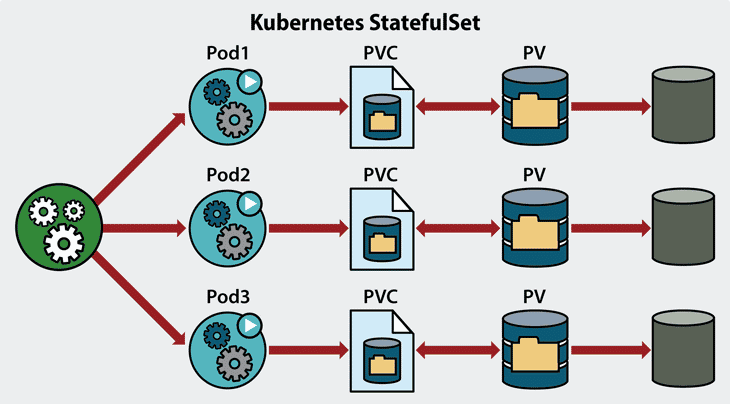With the appearance of Kubernetes as a method for accommodating the microservice-based process, data storage is always a problem. Where stored. What capacity do we have for this? And how do we want to extract it? And the answer to many of these questions seems to be two simple words: permanent storage. You can also check the comparison matrix of Kubernetes storage over the internet.

Image Source: Google
Containers have emerged as a way to take the software with you wherever you go. The container with the data needed to start the service is on a different computer system, which means that the data is now far more portable than before.
Kubernetes explained: a brief summary
If you really manage any part of your daily infrastructure, you may have heard of Kubernetes. This emerging technology increases among technology giants and startups to enable flexible and scalable application work. But what is Kubernetes? Application management system in a container that works in cluster nodes.
So there are many running applications that are packed in several forms on computer networks. With Kubernetes, you can manage this application easily, sustainably, and efficiently. Users can easily create and access databases and application data for various applications through Kubernetes. This increases speed, but most important increases efficiency.
The Kubernetes storage class allows administrators to set a quality level of "class" to map store services. You can also add backup policies and any policy specified by the cluster administrator.